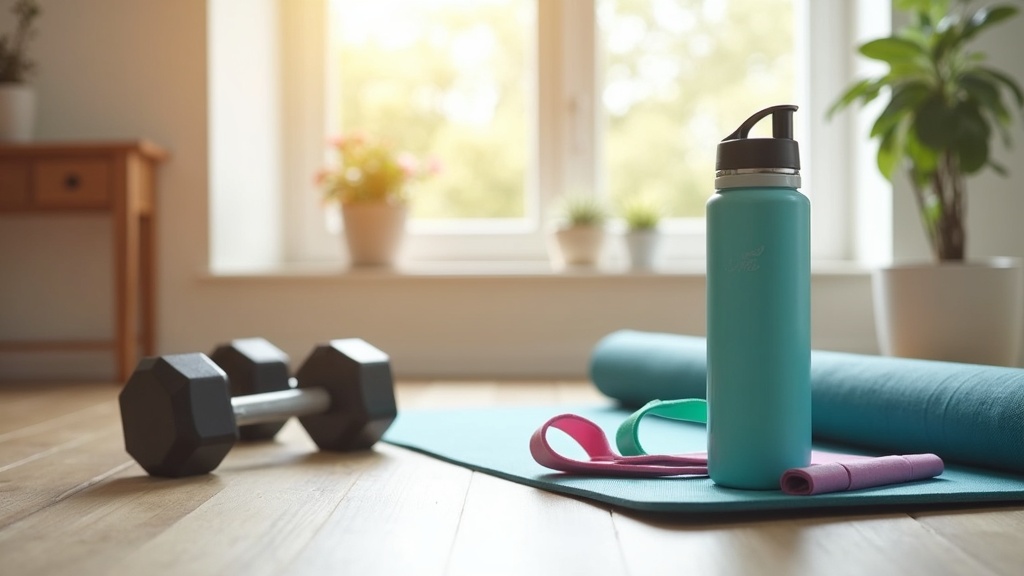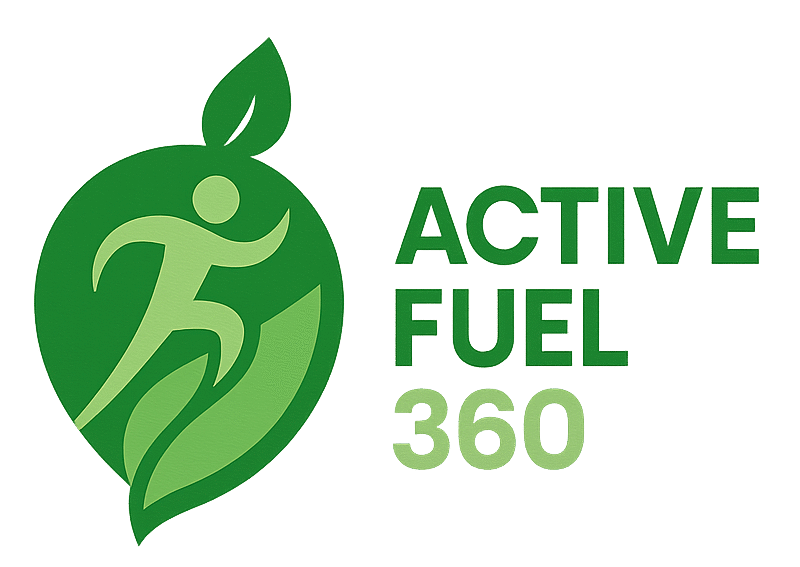Getting started with fitness can feel like a big step, especially if you’re searching for a beginner full body workout that truly makes sense. Everywhere you look, there’s advice and tips, but having a routine that is manageable and gets real results is key. If you want to build confidence, improve your health, and lay a foundation for future progress, an all in one, full body routine is the way to go for beginners.

Why Beginners Benefit from Full Body Workouts
Full body workouts are a smart pick for those just starting out. This approach lets you work multiple muscle groups—legs, back, chest, arms, and core—in one session. If you’re new to strength training, this method brings a few big perks:
- Efficient use of time: Getting all the major muscles done in one session is helpful when you’re busy or only have a few days each week to put towards fitness.
- Balanced progress: When you work everything rather than focusing on one area (like just arms or abs), you grow strength, build endurance, and improve mobility everywhere, not just in one spot.
- Better recovery: As a beginner, you’ll need more recovery than someone who’s been training for years. These routines, especially with rest days in between, give muscles a chance to recover and grow.
If you’re wondering, “Should a beginner do full body workouts?” the answer is definitely yes. They’re practical, flexible, and help you improve steadily without burning out.
Full Body Workout Basics for Newcomers
I can still recall my first gym visit—standing around trying to figure out the equipment and which move to do next. With a solid plan, stepping into the gym (or working out at home) is much less intimidating. Here’s what makes a beginner full body workout effective:
- Simplicity: Pick moves that are straightforward but still get results. No need for complex equipment or moves.
- Compound exercises: These work more than one muscle group at a time. Think of moves like squats, pushups, and rows for maximum effect.
- Inbuilt rest days: Make sure you give yourself at least a rest day between workouts. This lets your body repair and grow stronger.
A good place to start is with two to three sessions per week, always making sure to leave at least a day in between for rest. This schedule prevents injury and helps you get used to the new moves.
Beginner Full Body Workout Routine: Step by Step Plan
This sample plan is based on what works best for most beginners. You won’t need a ton of gear—just a pair of light dumbbells (or even water bottles in a pinch), a mat, and some motivation.
General Tips:
- Start with 5–10 minutes of warming up—light cardio and active stretching get your body ready
- For each exercise, do 2–3 sets of 8–15 reps, based on how you’re feeling and your fitness level
- Take short rests; 30–90 seconds is enough
- Cool down at the end for 5–10 minutes with stretching
Beginner Full Body Workout Example:
- Bodyweight Squat: Works your quads, glutes, and calves. Stand feet shoulder width, lower as if sitting in a chair, then stand up again.
- Pushup (knees if needed): Targets your chest, triceps, and shoulders. Keep your body in a straight line and lower, then press back up.
- Dumbbell Row: Builds your back and arms. You can use dumbbells or water bottles, pulling your elbow up by your ribs and keeping your back flat.
- Glute Bridge: Activates your glutes and lower back. Lying on your back with feet flat, lift your hips, then lower again.
- Standing Overhead Press: Works shoulders and triceps. Use light weights, press overhead, then lower down slowly.
- Plank: Strengthens your core. Hold for 20–40 seconds, keeping your body straight from head to toe.
Try this routine two or three times per week. As things begin to feel easier, switch up the difficulty with more reps, slightly heavier weights, or new versions of these moves.
Common Beginner Questions and Troubleshooting
Starting is only half the battle. Keeping up with it is where most people struggle. Here are some common questions and personal tips that might help:
Do I need a gym membership?
Not at all. Gyms are handy for extra equipment, but home workouts can bring results if you stay consistent. The main thing is regular movement, no matter where you are.
How fast should I make things harder?
When you breeze through all your sets and reps, give it a little nudge—try adding more weight, another set, or another rep. But always put form first. If you lose form, step it back a notch.
Is it normal to be sore?
Yes, especially at the start. Some soreness is part of the process. Gentle movement, stretching, and staying hydrated can help you feel better. If you’re in serious discomfort or something feels off, consider taking an extra rest day or ask a fitness professional for advice.
Can I add cardio?
For sure. Walking, cycling, or quick bouts of cardio fit well on non-strength days or after a workout. Doing both helps your heart stay healthy and keeps workouts fun.
Sticking with Your Routine and Tracking Progress
Building a habit is about showing up, even on days when you’re not in the mood. Here are a few pointers I’ve found useful:
- Put workouts in your plan—add them to your calendar or phone reminders.
- Log your progress—use a notebook or an app to write down what you did every session.
- Give yourself credit—noting little wins like more reps, better form, or extra pep can keep you motivated.
There will be ups and downs. No need to stress if you miss a workout. It’s all about what you do over time, not perfection each day.
Potential Challenges for Beginners (And How to Tackle Them)
Every beginner hits a rough patch. Here’s how I’ve gotten past some of the most common obstacles:
- Nervous about form? Check out solid video tutorials from well-known trainers (look for proper certifications). Practicing moves in front of a mirror helps, too. Quality form is more important than lifting heavy right away.
- No motivation? Set tiny goals, like doing all three workouts in a week. Sometimes texting a friend to join or keeping a selfie log can help you keep up the momentum.
- Plateaued? Try switching the number of reps, doing a different version of an exercise (think goblet squats or switching to single-leg movements), or playing with rest periods.
Making Safety a Priority
Every new move has a learning curve, but safety matters most. If something hurts (as in pain, not just muscle effort), double check your form or take a break. Never hesitate to ask for input from experts or friends who know the ropes.
Building On Your Foundation: Steps After a Month
The awesome thing about this all in one approach is that it’s super simple to tweak as you get stronger. After about a month, try these ideas to keep up your progress:
- Work towards harder versions (try regular pushups, weighted step ups, or planks with moving legs)
- If your body isn’t too sore, add another workout day each week
- Mix in new tools, like resistance bands or kettlebells, to keep it fresh
My own improvement often came from just adjusting one piece at a time. Don’t feel you have to totally redo your workouts just because something got easier.
Frequently Asked Questions
Should a beginner do full body workouts?
Yes, they’re easy to follow, practical, and help you build overall strength plus flexibility. While you learn good form, you also get plenty of recovery time.
What is a good full body workout plan for beginners?
Begin with two or three weekly sessions, each with big moves like squats, pushups, rows, and bridges. Focus on learning solid form, rest between sessions, and keep it simple.
Do I need equipment to start?
Not really—bodyweight moves like pushups, squats, and planks get you going. If you have dumbbells, resistance bands, or water bottles, add those for some extra challenge.
How long should workouts last?
Most beginner full body routines take 30–45 minutes including your warmup and cooldown. That’s plenty for steady progress over time.
If you set up a clear routine, keep tabs on your form, and bump things up bit by bit as you grow stronger, a beginner full body workout will reward you with more energy, a brighter mood, and real progress you can see and feel. Stick with it, stay patient, and you’ll be glad you started.
